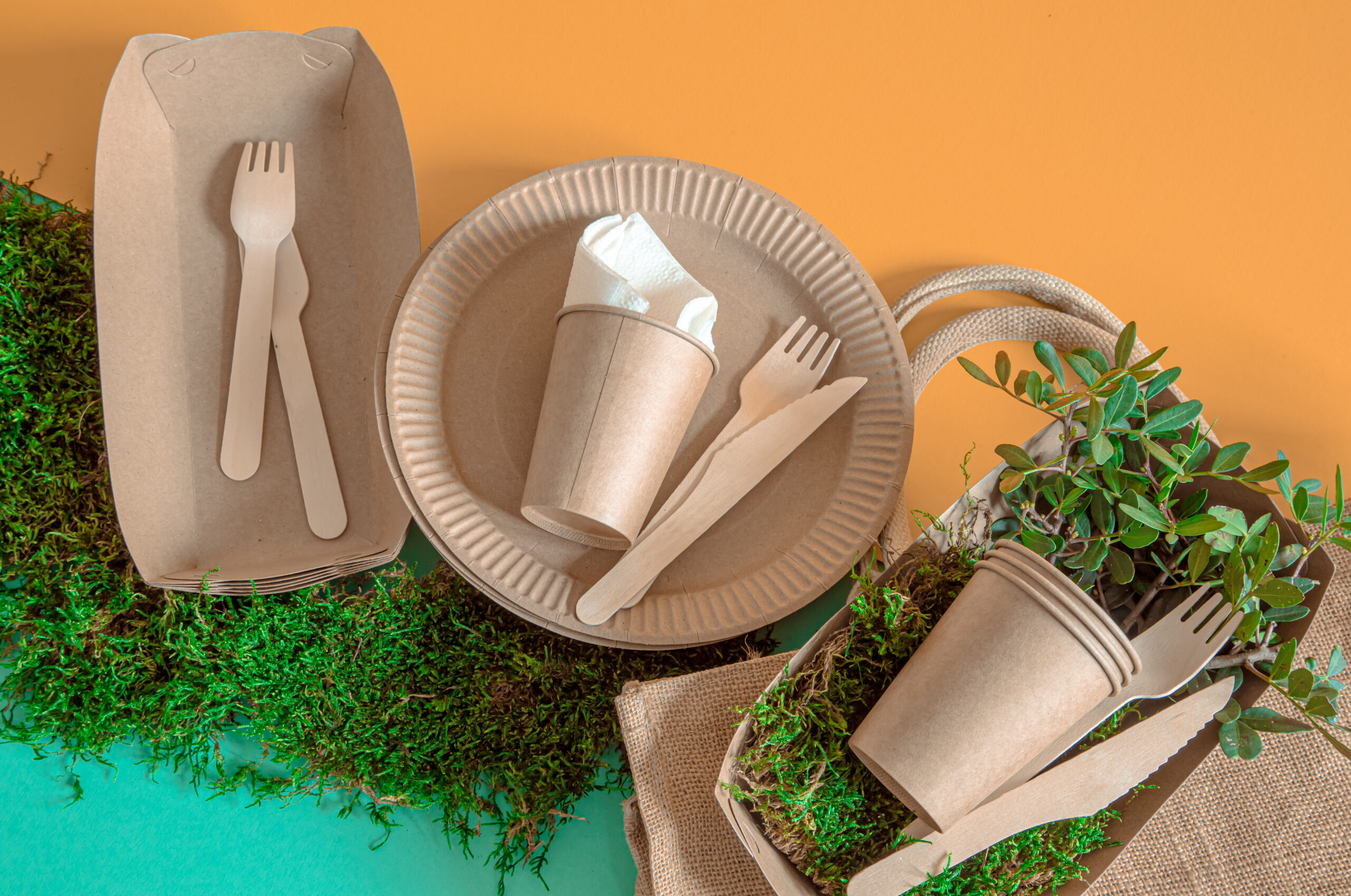Plastic has been a ubiquitous material in our daily lives for decades from single-use packaging to durable construction materials. Unfortunately, the environmental impact of plastic has become increasingly evident, with plastic pollution harming ecosystems and wildlife across the globe. In recent years, there has been a growing interest in bioplastics as a more sustainable alternative to traditional petroleum-based plastics. In this blog, we will provide an overview of bioplastics and their potential benefits and drawbacks.
What are Bioplastics?

Bioplastics are plastic materials made from renewable biomass sources, such as corn starch, sugarcane, or vegetable fats and oils. Unlike traditional plastics, which are derived from non-renewable fossil fuels, bioplastics are considered to be more sustainable, as they are made from renewable resources and can be biodegradable, compostable, or both. There are two main types of bioplastics: biodegradable and non-biodegradable.
Biodegradable bioplastics can be broken down into organic matter by microorganisms under specific environmental conditions, such as in industrial composting facilities or the soil. They can also be degraded by exposure to sunlight or water. Non-biodegradable bioplastics, on the other hand, are made from renewable sources but do not break down into organic matter. These materials are often used as a more sustainable alternative to traditional petroleum-based plastics in applications where biodegradability is not essential.
How are Bioplastics formed?
There are several different methods for producing bioplastics, but the most common method is fermentation and polymerization. The process involves the following steps:
- Biomass Extraction: The biomass is extracted from renewable sources, such as corn, sugarcane, or potatoes.
- Fermentation: The biomass is then broken down into simple sugars through a process called fermentation. The sugars are extracted and purified to form a solution.
- Polymerization: The solution is then used to produce a biopolymer through polymerization. A biopolymer is a long chain of repeating molecules, which form the basis of the bioplastic.
- Processing: The biopolymer is then processed into a final product, such as a bottle or a bag. The processing method depends on the type of bioplastics and the intended use of the product.
Types of Bioplastics
There are several types of bioplastics, each with its unique properties and characteristics. The most common types of bioplastics are:
- PLA (Polylactic Acid): PLA is a biodegradable plastic made from corn starch or sugarcane. It is commonly used in food packaging and disposable tableware.
- PHA (Polyhydroxyalkanoates): PHA is a biodegradable plastic made from plant oils or bacteria. It is commonly used in medical applications, such as sutures and drug delivery systems.
- PBS (Polybutylene Succinate): PBS is a biodegradable plastic made from succinic acid and 1,4-butanediol. It is commonly used in packaging and agricultural applications.
Benefits of Bioplastics
- One of the main benefits of bioplastics is their potential to reduce the environmental impact of plastic production and disposal.
- Bioplastics are made from renewable resources, which means they have a lower carbon footprint than traditional plastics.
- According to some estimates, bioplastics can reduce greenhouse gas emissions by up to 75% compared to traditional plastics.
- Another benefit of bioplastics is their potential to reduce plastic waste. Biodegradable bioplastics can break down into organic matter, which means they can be composted along with food and yard waste, reducing the amount of plastic that ends up in landfills or the environment.
